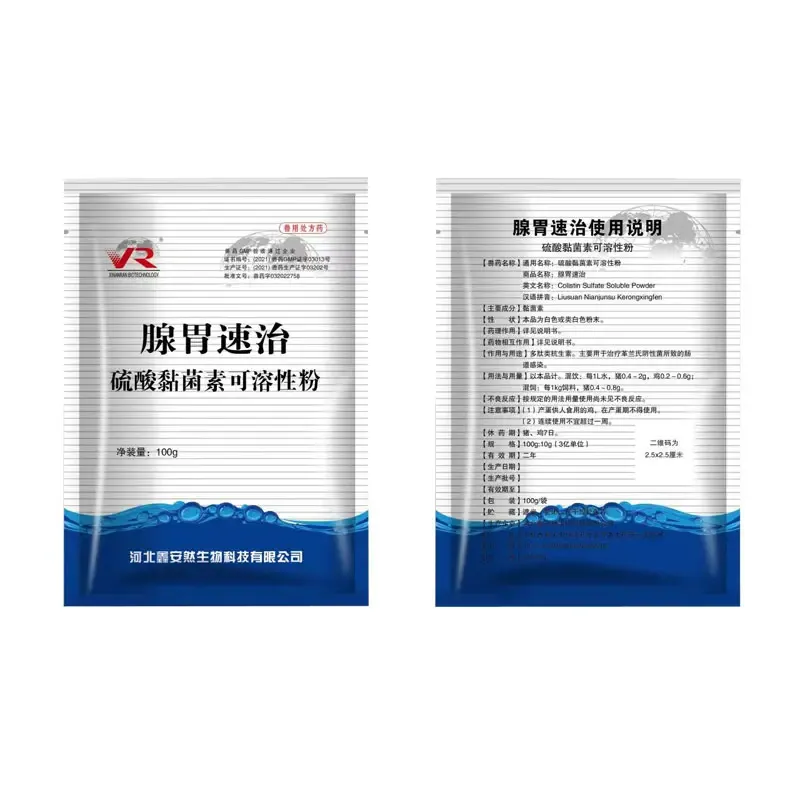- Afrikaans
- Albanian
- Amharic
- Arabic
- Armenian
- Azerbaijani
- Basque
- Belarusian
- Bengali
- Bosnian
- Bulgarian
- Catalan
- Cebuano
- Corsican
- Croatian
- Czech
- Danish
- Dutch
- English
- Esperanto
- Estonian
- Finnish
- French
- Frisian
- Galician
- Georgian
- German
- Greek
- Gujarati
- Haitian Creole
- hausa
- hawaiian
- Hebrew
- Hindi
- Miao
- Hungarian
- Icelandic
- igbo
- Indonesian
- irish
- Italian
- Japanese
- Javanese
- Kannada
- kazakh
- Khmer
- Rwandese
- Korean
- Kurdish
- Kyrgyz
- Lao
- Latin
- Latvian
- Lithuanian
- Luxembourgish
- Macedonian
- Malgashi
- Malay
- Malayalam
- Maltese
- Maori
- Marathi
- Mongolian
- Myanmar
- Nepali
- Norwegian
- Norwegian
- Occitan
- Pashto
- Persian
- Polish
- Portuguese
- Punjabi
- Romanian
- Russian
- Samoan
- Scottish Gaelic
- Serbian
- Sesotho
- Shona
- Sindhi
- Sinhala
- Slovak
- Slovenian
- Somali
- Spanish
- Sundanese
- Swahili
- Swedish
- Tagalog
- Tajik
- Tamil
- Tatar
- Telugu
- Thai
- Turkish
- Turkmen
- Ukrainian
- Urdu
- Uighur
- Uzbek
- Vietnamese
- Welsh
- Bantu
- Yiddish
- Yoruba
- Zulu
Dec . 01, 2024 14:29 Back to list
paracetamol antipyretic and analgesic
Paracetamol A Common Antipyretic and Analgesic
Paracetamol, also known as acetaminophen, is one of the most widely used medications worldwide. Renowned for its effectiveness as both an antipyretic and analgesic, it is a staple in many households and healthcare systems. This article will explore the properties, mechanisms, uses, and safety profile of paracetamol, highlighting its importance in pain management and fever reduction.
The Role of Paracetamol as an Antipyretic
As an antipyretic, paracetamol is primarily used to reduce fever. Fever is a common physiological response to infection, inflammation, or other illnesses. While fevers can be beneficial in fighting off pathogens, they can also cause discomfort and lead to complications if they persist or reach high levels. Paracetamol works by acting on the hypothalamus, the part of the brain that regulates temperature. By influencing the body’s set point, paracetamol effectively lowers fever, providing relief to individuals suffering from various febrile illnesses, including infections caused by viruses and bacteria.
Analgesic Properties
Paracetamol is also classified as an analgesic, meaning it is effective in alleviating pain. It is commonly used to treat mild to moderate pain, such as headaches, muscle aches, toothaches, and menstrual cramps. Unlike non-steroidal anti-inflammatory drugs (NSAIDs), paracetamol does not have anti-inflammatory properties, making it a suitable option for individuals who cannot take NSAIDs due to gastrointestinal issues or other contraindications.
paracetamol antipyretic and analgesic

The exact mechanism of action of paracetamol remains somewhat elusive, but it is believed to involve the inhibition of certain enzymes involved in the production of prostaglandins, chemicals in the body that promote inflammation and pain. By regulating these enzymes, paracetamol can help lower pain sensations without the gastric side effects commonly associated with NSAIDs.
Safety and Dosage
Paracetamol is generally considered safe when taken at recommended doses. For adults, the typical maximum dosage is 4,000 mg per day, while for children, dosing is usually based on weight. It is vital to adhere to these guidelines, as overdosing on paracetamol can lead to severe liver damage, which can be life-threatening. Symptoms of overdose may not appear immediately and can include nausea, vomiting, and abdominal pain, underscoring the importance of seeking immediate medical attention if an overdose is suspected.
Despite its widespread use, paracetamol should be used cautiously in individuals with pre-existing liver conditions or those who consume alcohol regularly. Combining alcohol with paracetamol can increase the risk of hepatotoxicity, and therefore, it is advisable to consult a healthcare professional if there are any concerns regarding its use.
Conclusion
Paracetamol remains an invaluable medication due to its dual role as an antipyretic and analgesic. Its effectiveness in managing pain and reducing fever makes it a first-line treatment for many common ailments. While generally safe, it is crucial to follow dosage recommendations and be mindful of any underlying health conditions or potential interactions with other substances. As with any medication, responsible use and awareness of its properties contribute to its benefit in promoting health and well-being.
-
Guide to Oxytetracycline Injection
NewsMar.27,2025
-
Guide to Colistin Sulphate
NewsMar.27,2025
-
Gentamicin Sulfate: Uses, Price, And Key Information
NewsMar.27,2025
-
Enrofloxacin Injection: Uses, Price, And Supplier Information
NewsMar.27,2025
-
Dexamethasone Sodium Phosphate Injection: Uses, Price, And Key Information
NewsMar.27,2025
-
Albendazole Tablet: Uses, Dosage, Cost, And Key Information
NewsMar.27,2025













